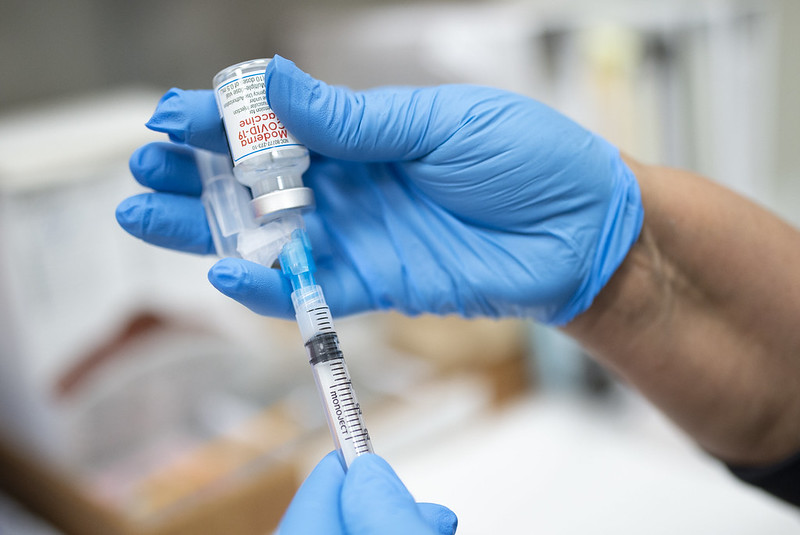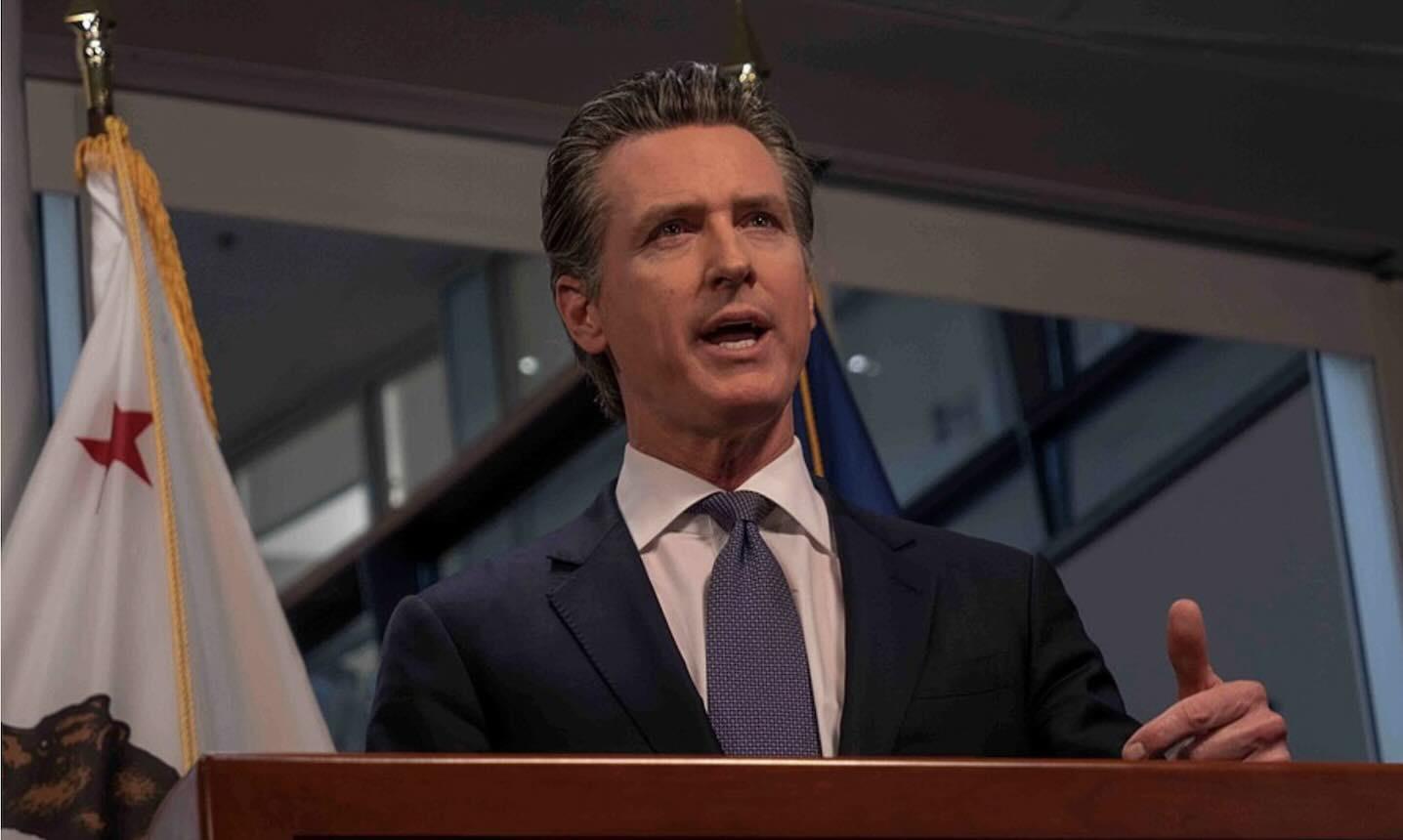
CALIFORNIANS over the age of 16 will get their shot at receiving a COVID-19 vaccine by April.
Starting April 1, individuals aged 50 and over will be eligible to make an appointment, and individuals over 16 will be eligible to make an appointment to be vaccinated starting on April 15.
“With vaccine supply increasing and by expanding eligibility to more Californians, the light at the end of the tunnel continues to get brighter,” said Newsom. “We remain focused on equity as we extend vaccine eligibility to those older than 50 starting April 1, and those older than 16 starting April 15. This is possible thanks to the leadership of the Biden-Harris Administration and the countless public health officials across the state who have stepped up to get shots into arms.”
Based on the current estimates, California expects to be allocated approximately 2.5 million first and second doses per week in the first half of April, and more than 3 million doses in the second half of April. California currently receives about 1.8 million doses per week. These estimates may be adjusted as time goes on. The state has the capacity to administer more than 3 million vaccines per week, and is building the capacity to administer 4 million vaccines weekly by the end of April.
“We are even closer to putting this pandemic behind us with today’s announcement and with vaccine supplies expected to increase dramatically in the months ahead,” said California Health and Human Services Secretary Dr. Mark Ghaly. “However, we are not there yet. It will take time to vaccinate all eligible Californians. During this time, we must not let our guard down. It is important that we remain vigilant, continue to wear masks and follow public health guidance.”
In addition to increased allocations of vaccines to providers serving the hardest hit communities, the state has embarked on a series of initiatives to vaccinate those populations that have faced the highest rates of COVID infections before vaccines become available to the entire 16+ population. These efforts include:
• Provider funding for programs to reach and vaccinate communities facing the biggest health disparities
• Working with organized labor to reach essential workers
• Partnering with agricultural organizations and community-based organizations to vaccinate agricultural workers
• Allowing providers to target by ZIP code via My Turn with single-use codes (scheduled to launch at the end of March)
• Supporting a subset of community-based organizations currently partnering with the state on COVID-19 education to provide direct vaccination appointment assistance
• Prioritizing currently eligible populations and allowing providers the discretion to vaccinate those who live in high-impact areas (County Healthy Places Index Quartiles 1 and 2), including families
Even with expanded vaccine supplies, it is expected to take several months for willing Californians to be vaccinated. Based on public information shared by vaccine manufacturers and the federal government, California expects to receive several million vaccine doses per week starting sometime in April.
Along with the expanded eligibility and to align with upcoming federal guidance, California will update its vaccine allocation methodology. This will transition over four weeks, beginning with the March 22 allocation (delivered to providers the following week), from one based on the distribution of the 65+ population, workers in the agriculture and food, education and child care, and emergency services sectors to one based on the distribution of the 16+ population across California. This will be done in conjunction with completion of the shift to the state directly allocating vaccines to providers. The state will continue to double the amount of vaccine allocated to the lowest Healthy Places Index (HPI) quartile as announced on March 4.
Forty percent of COVID-19 cases and deaths have occurred in the lowest quartile of the HPI, developed by the Public Health Alliance of Southern California, which provides overall scores and data that predict life expectancy and compares community conditions that shape health across the state. The rate of infections for households making less than $40,000 per year (5.7) is 84 percent higher than that of households with an income of $120,000 or more (3.1). At the same time, California’s wealthiest populations have received 50 percent more vaccinations when compared to the rate of our most vulnerable populations. This approach recognizes that the pandemic did not affect California communities equally and that the state is committed to doing better.
Currently, California residents who are eligible for the vaccine include health care workers; long-term care residents; individuals over the age of 65; those who work in education and childcare, agriculture and food and emergency services; people who live or work in congregate residential settings (e.g. incarceration/detention facility, homeless shelter, or behavioral health facility); public transit workers, including airport workers for commercial airlines; and individuals age 16-64 who are at higher risk.
Vaccines are available for about 4.4 million people who are considered at higher risk for serious COVID-19 illness. Those individuals include cancer (current with weakened immune system), chronic kidney disease (stage 4 or above), chronic pulmonary disease (oxygen dependent), down syndrome, solid organ transplant (leading to a weakened immune system), pregnancy, sickle cell disease, heart conditions (such as heart failure, coronary artery disease, or cardiomyopathies but not hypertension), severe obesity (Body Mass Index ≥ 40 kg/m2), and Type 2 diabetes mellitus with hemoglobin A1c level greater than 7.5%.
Health care providers may also vaccinate individuals with developmental or other severe disabilities or illness if: The individual is likely to develop severe life-threatening illness or death from COVID-19 infection; acquiring COVID-19 will limit the individual’s ability to get ongoing care or services vital to their well-being and survival; and providing adequate and timely COVID care will be particularly challenging as a result of the individual’s disability. Individuals with “physical and behavioral disabilities,” such as those with a serious mental illness and substance use disorder, are also eligible.
By going to MyTurn.ca.gov, residents can find out whether they’re eligible for the vaccine by answering a few questions. If they’re eligible, they can schedule an appointment; if not, they can register to be notified when they’re eligible or when appointments open up.
Questions include age range, whether the individual has certain conditions that put them at risk for extreme complications from COVID-19, and what type of industry they work in.
Individuals who do not have access to the internet can sign up for an appointment by calling My Turn’s toll-free hotline 1-833-422-4255, open weekdays 8 a.m. to 8 p.m., and weekends from 8 a.m. to 5 p.m. My Turn operators can provide on-demand assistance in English and Spanish, translators who speak more than 250 languages are also available as needed.






